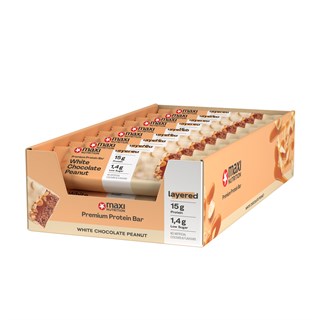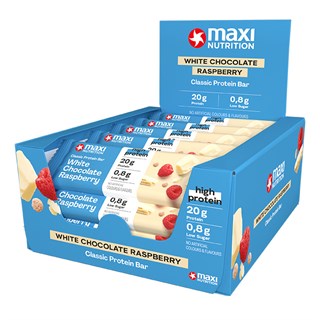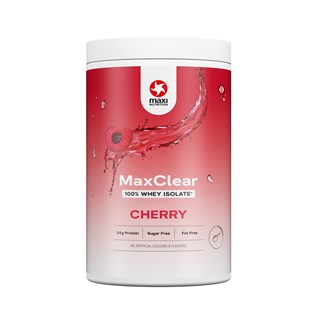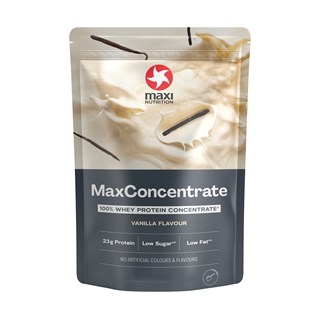Boxing Weights
Within all fighting sports, weight classifications have been employed since the late 1800s to ensure that any contest is fair. For boxing it was the National Sporting Club that first implemented weight classes and over the years these have developed into 17 recognised categories, with a few varieties depending upon the boxing federation; from Strawweight (or equivalent) at 7 stone 7 pounds up to the unlimited Heavyweights. Each class is segregated by just a few pounds and therefore avoiding any weight mismatches. Irrespective of the weight class, a pre bout ritual or requirement for all boxers is the “getting down to fight weight”, the recognised process of making weight.
Getting down to your fighting weight
Typically a boxer aims to cut down to their fighting weight through a combination of energy restriction and dehydration – but hold on, don’t start eating bowls of cabbage whilst sitting in the sauna dressed in bin bags; caution should be taken as to the performance effect that this kind of dieting can have. Many boxers can testify, which is supported by the research conducted in this area that training with an inadequate diet will restrict training intensity, session duration and increase the susceptibility to illness or injury. All of which could have severe consequence when it comes to fight night.
Making Weight
A more recognised and sensible approach to making weight is to start 21 days out from the fight, splitting this time between a gradual phase (21-8 days) and a rapid phase (7-1 days) of weight loss. The gradual phase should adopt a more active approach where exercise becomes the main basis for weight loss coupled with an appropriate calorie restricted diet. As an example, running in the morning pre-breakfast to creating a calorie restriction and burn unwanted fat.
With the restricted diet replace some of those carbohydrate and fat calories with extra protein; this will help your muscles rebuild after exercise. Try to consume 1.8 - 2 grams of protein per kilogram of body mass, everyday. Nutritional supplements such as Maximuscle's Lean definition range with Promax Lean will provide convenient protein support along with a number ingredients such as Green Tea, L-Carnitine, caffeine and vitamin B5. For those people with a sweet tooth add the occasional Promax Lean bar – which contains the same great ingredients as the Promax Lean powder but will hopefully help you stay away from confectionary.
During the rapid phase the focus will change to a more passive strategy – During this phase your exercise sessions should be tapered but accompanied with further restriction of calories and fluid intake. As a guide, try to limit the overall calorie reduction to no more than 500-700 kcal per day (700 kcals in the last three days). From a fluid perspective, reduce your intake by approximately 1 litre per day which could be increased in the last 3 days but remember that entering the ring dehydrated will negatively impact on performance. During this period supplementing with Maximuscle’s Lean Definition – Thermobol will provide a proven formula with B vitamins for energy metabolism and caffeine for focus and alertness.
The last few days are crucial and should be carefully monitored so that deficiencies are not too severe. Normally the weigh-in takes place 24 hours prior to a fight, so any final reductions required could be replenished before the fight itself.
Plan, monitor and be victorious
How a boxer prepares in the last few weeks before a bout can really make the difference. Being as lean as possible and yet maintaining a positive power to weight ratio will lead to victory. Close monitoring and careful planning is advised during the making weight phase – trying to lean down without any detriment to performance. A combination of exercise and a well-managed diet will be the key to success.






















